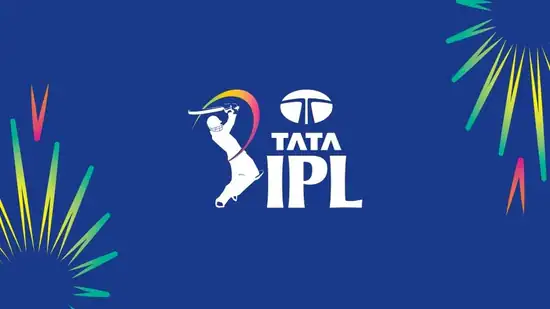Key Rule Changes for 2025-2027#TATA IPL
1. Overview of IPL Player Regulations (2025-27)
The IPL Player Regulations for 2025-27 bring forth several changes aimed at refining the competition and ensuring fairness. These rules affect player contracts, transfers, salaries, and team compositions, and they are designed to balance competitive parity with franchise strategies.

For both players and franchises, these regulations serve as a foundation for team-building, talent management, and ensuring compliance with league policies. The modifications are essential in enhancing the quality of the tournament while addressing evolving demands from players, teams, and stakeholders.
2. Key Rule Changes for 2025-2027
- Expanded Auction Pool: Introduction of a larger pool of players, with uncapped players given more prominent opportunities.
- Contractual Flexibility: More fluidity in signing and retaining players, particularly with regards to contract lengths and options.

- Dynamic Salary Caps: Teams will now have varying salary caps depending on their previous performances and commercial earnings, providing underperforming teams more room to invest in talent.
- Mid-Season Changes: Adjustments to allow for more dynamic team compositions with a streamlined mid-season transfer system.
-
3. Player Auction and Draft System
The player auction remains one of the most exciting aspects of the IPL. Here’s how it functions under the new rules:
- Auction Tiers: Players are classified into different tiers, with top-tier players attracting higher base prices. Franchises are expected to manage their budgets while acquiring a blend of marquee players and emerging talent.

- Salary Caps: The salary cap for each franchise has been raised slightly, but they must also meet minimum spending requirements to avoid hoarding funds for future seasons.
- Retention Policies: Each franchise can retain a maximum of four players from their previous squad, with limits on the number of foreign players that can be retained.
- Right-to-Match (RTM) Cards: Franchises can still use RTM cards to retain players, but the number of RTM cards has been reduced for strategic depth.
4. Foreign Player Limits
- Teams are allowed to have a maximum of 8 foreign players in their squad, but only 4 foreign players can be included in the playing XI for any match.
- There is now a stronger emphasis on developing local talent, with foreign player slots being more strictly regulated to encourage the inclusion of young Indian players.

5. Player Transfers and Mid-Season Loans
- Transfer Windows: The IPL now incorporates two transfer windows – one before the season and one mid-season. These windows allow franchises to buy or loan players to meet strategic needs.
- Mid-Season Loan System: Teams can loan out players to other franchises for a portion of the season, with restrictions on the number of games a loaned player must be available for.
- Eligibility for Transfer: Only players who have not played more than a set number of games (usually 2-3) by mid-season can be loaned to other teams.

6. Injured Player Replacements and Substitutes
- Injury Replacement Protocols: A strict injury assessment process is now in place, ensuring that only players who are medically certified as unfit are eligible to be replaced.
- Impact Player Rule: Teams can now name a substitute who can be introduced at any point during the game, replacing a player in the starting XI. This substitution can be tactical and doesn’t necessarily need to be due to injury.

- Emergency Replacements: If an injury occurs during a match, teams are permitted to call upon players from their squad or, in certain cases, sign a replacement from a pool of available players.
7. Development and Emerging Players’ Rules
- The IPL has made it a priority to nurture young talent, especially Indian players. Each franchise must include at least two uncapped players in their squad.
- Special provisions are in place for under-19 players, who are only eligible to be signed if they have completed a minimum of two years in domestic cricket.
- Development contracts for young players will now be offered, ensuring emerging talent receives proper guidance and mentoring without the pressure of immediate high-stakes competition.

8. Franchise Responsibilities and Player Contracts
- Contract Duration: Franchises can offer players contracts that range from one to three years, with certain provisions allowing for extensions based on performance.
- Performance-Based Bonuses: New rules incentivize players to perform better, with franchises being required to offer performance bonuses for top performers.
- Player Welfare: The IPL has made it mandatory for franchises to provide adequate facilities for player training, medical treatment, and rest during the tournament to ensure the well-being of players
- Breach of Contract: Players breaching their contracts will face penalties, which can include suspension from the tournament, fines, or in severe cases, bans from future editions .

-
9. Fines and Disciplinary Measures
- Fines for Misconduct: Players and teams violating IPL’s Code of Conduct will face fines, and repeat offenders may incur point deductions for their teams.
- Slow Over Rates: Newer, stricter penalties have been introduced for teams that fail to maintain the required over rate during matches, including fines for captains and penalties for teams.

- Tampering Penalties: Players caught tampering with the ball or engaging in unethical practices face suspension, and teams can lose match points as a further deterrent to such behavior.




